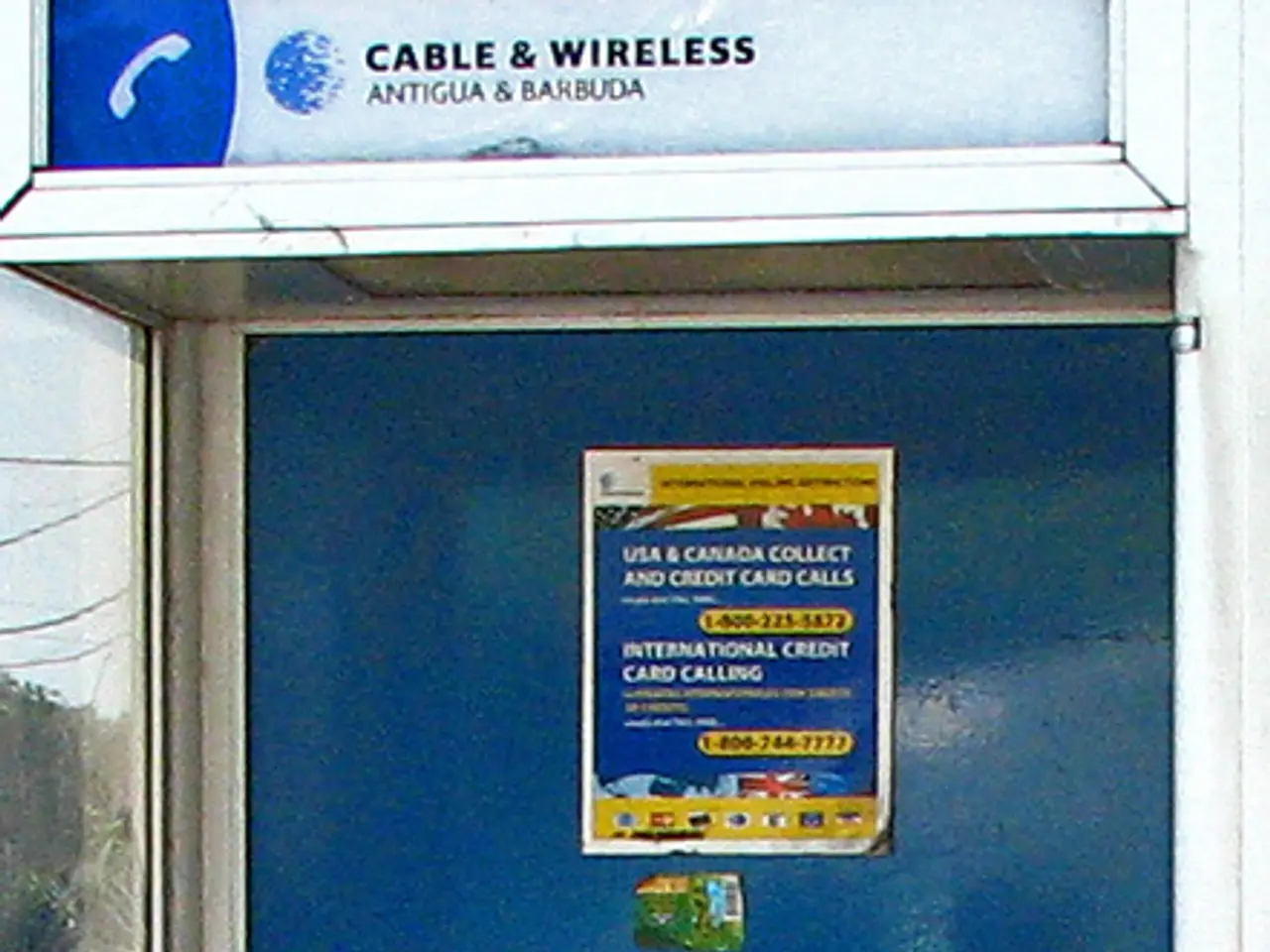Remote Medical Care Still Faces Challenges in Rural Areas' Connectivity
In a statement, Bryan Fiekers, senior director of research services at HIMSS Analytics, highlighted the increasing demands on rural hospitals and the evolving data needs, emphasizing the crucial role of addressing the broadband connectivity gap in these areas [1]. The FCC has taken a step towards this by proposing to raise its broadband spending limits to promote rural telemedicine [2]. However, the quality of broadband in rural areas often lags behind urban areas due to a lack of competition to offer fiber [3].
Telehealth is expanding care and specialist options to those living in rural areas, offering faster access to specialists, which is key to improving patient and physician satisfaction, keeping patients healthy, and reducing costs [4]. A study by the University of Iowa found that the use of telehealth technology reduced emergency room wait times for patients in rural hospitals by six minutes [5].
Addressing the broadband connectivity gap is essential for the effective implementation of telehealth programs. Here are some potential solutions to bridge this gap:
1. **Infrastructure Development** - Programs like the Broadband Equity, Access and Deployment Program, initiated in 2021, aim to improve internet access in rural areas by deploying high-speed internet infrastructure to underserved regions [3]. - Establishing community-owned networks can provide more localized control over internet access, allowing communities to manage their own broadband services [5].
2. **Mobile and Satellite Solutions** - Utilizing mobile networks can provide internet access where fiber or cable infrastructure is lacking. However, this requires solutions that are mobile-optimized and capable of handling data limitations [2]. - Satellite internet services can offer connectivity in areas where traditional infrastructure is not feasible. While this option is more expensive, it can be effective in very remote areas [5].
3. **Offline and Low-Bandwidth Solutions** - Developing telehealth solutions with offline capabilities or low-bandwidth requirements can enable functionality even in areas with poor internet connectivity [2]. - Implementing hybrid models that combine online and offline functionalities can ensure continuous service delivery despite connectivity issues [5].
4. **Partnerships and Funding** - Collaborations between government agencies, private companies, and community organizations can help secure funding and resources needed to expand broadband access [3]. - Offering subsidies or grants to rural residents and healthcare providers can help offset the costs associated with acquiring and maintaining broadband services [5].
5. **Community Engagement and Education** - Engaging local leaders and healthcare providers to endorse new technologies can increase adoption rates among rural residents [2]. - Educating rural communities about the benefits and proper use of digital health solutions can enhance their effectiveness and encourage further adoption [2].
Adopting telemedicine programs is having a significant impact on rural healthcare organizations' strategies to improve connectivity [6]. Connect Americans Now, a consortium of businesses and advocacy organizations, is proposing to work with the Federal Communications Commission to enable broadband connectivity via TV white spaces spectrum [7]. Microsoft aims to connect 23.4 million rural Americans with greater broadband connection through TV white spaces spectrum, as stated in its latest five-year plan [8].
If access to broadband is not available or is slow and frustrating, clinicians and healthcare staff may revert back to their old ways of doing things, causing issues for the growth of remote telehealth [9]. Greater broadband connection for rural healthcare providers would lower costs, resulting in more resources to be reinvested in patient care [10]. Cheaper technology options allow healthcare organizations to reach patients via their computers, tablets, or smartphones [11]. However, many rural healthcare organizations may not have the connectivity necessary to tackle their growing healthcare needs [12].
References: [1] Fiekers, B. (2021). HIMSS Analytics Study Outlines the Impact of Rural Connectivity Issues in Telehealth. Healthcare IT News. [2] ConnectAmericasNow. (2021). Connect Americans Now Proposes Broadband Connectivity via TV White Spaces Spectrum. PR Newswire. [3] Federal Communications Commission. (2021). FCC Proposes to Raise Broadband Spending Limits to Promote Rural Telemedicine. FCC Newsroom. [4] University of Iowa. (2020). Telehealth Tech Reduces Emergency Room Wait Times for Rural Hospitals. University of Iowa Health Care. [5] ConnectAmericasNow. (2020). Potential Solutions to Bridge the Broadband Connectivity Gap in Rural Areas. ConnectAmericasNow. [6] HIMSS Analytics. (2020). Adopting Telemedicine Programs is Having a Significant Impact on Rural Healthcare Organizations' Strategies to Improve Connectivity. HIMSS Analytics. [7] Microsoft. (2020). Microsoft Aims to Connect 23.4 Million Rural Americans with Greater Broadband Connection. Microsoft News. [8] Federal Communications Commission. (2020). The Connectivity Gap in Rural Areas is Causing Issues for the Growth of Remote Telehealth. FCC Newsroom. [9] Fiekers, B. (2020). Broadband Access is Often a Problem for Healthcare Organizations Looking to Reach Rural Patients. Healthcare IT News. [10] ConnectAmericasNow. (2020). Greater Broadband Connection for Rural Healthcare Providers Would Lower Costs. ConnectAmericasNow. [11] Microsoft. (2020). Cheaper Technology Options Allow Healthcare Organizations to Reach Patients via Their Computers, Tablets, or Smartphones. Microsoft News. [12] Fiekers, B. (2020). Many Rural Healthcare Organizations May Not Have the Connectivity Necessary to Tackle Their Growing Healthcare Needs. Healthcare IT News.
- The development of infrastructure, such as the Broadband Equity, Access and Deployment Program, and the establishment of community-owned networks, could significantly enhance science and health-and-wellness in rural areas by improving broadband connectivity.
- Implementing offline and low-bandwidth telehealth solutions can be beneficial for rural areas, as it allows for the effective delivery of healthcare services even in regions with poor internet connectivity, thereby advancements in technology can contribute to improved healthcare in these regions.








